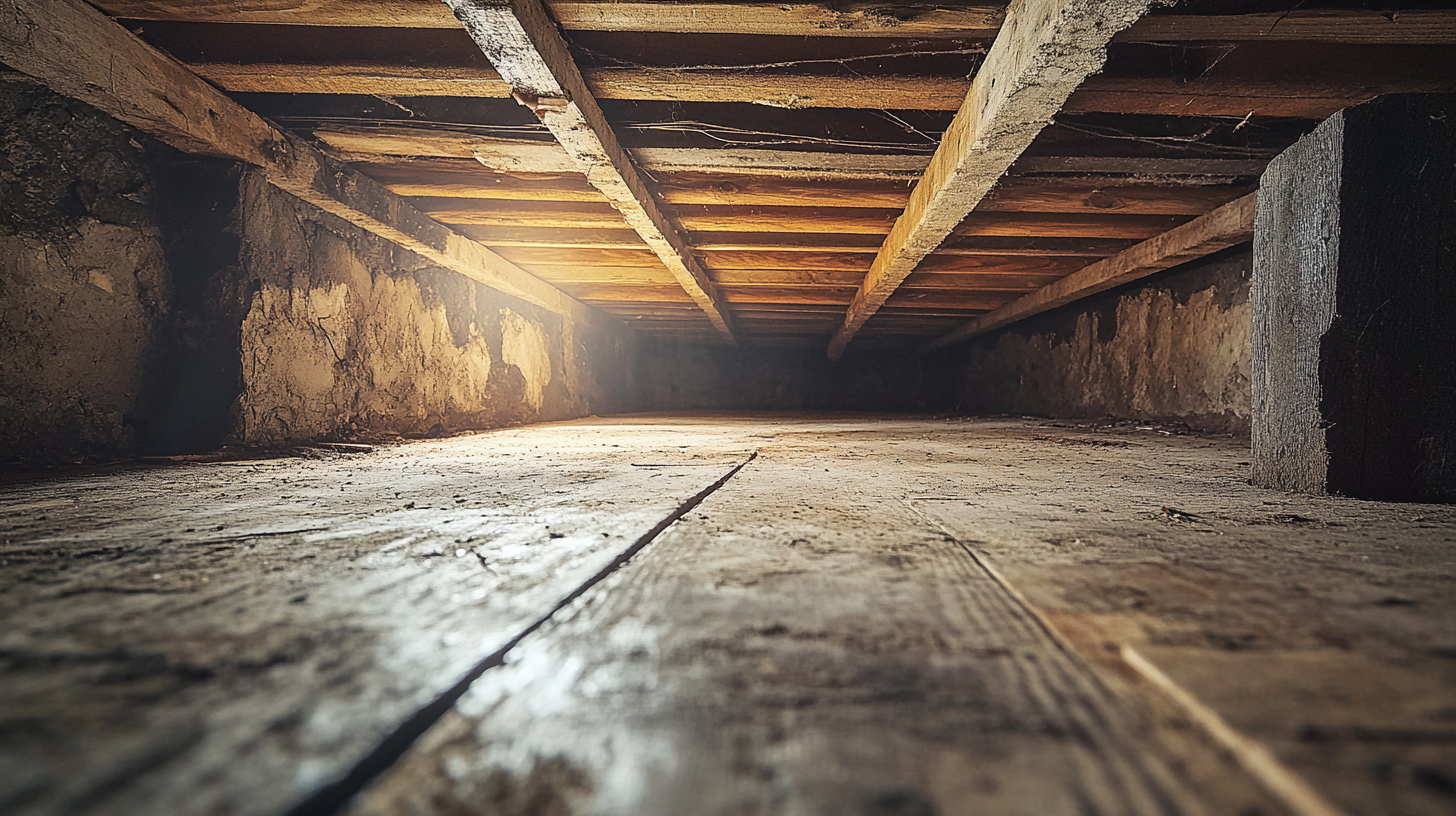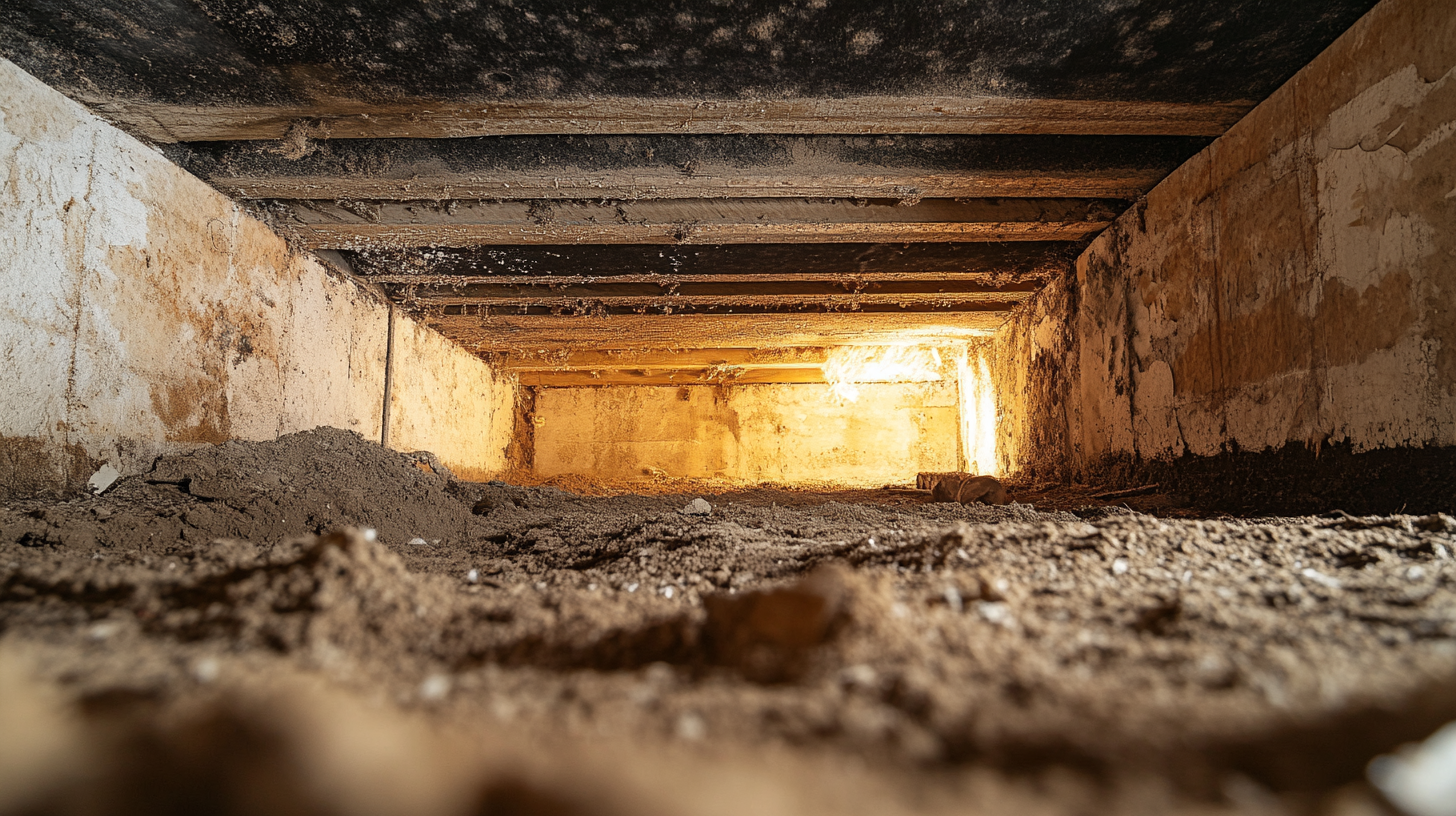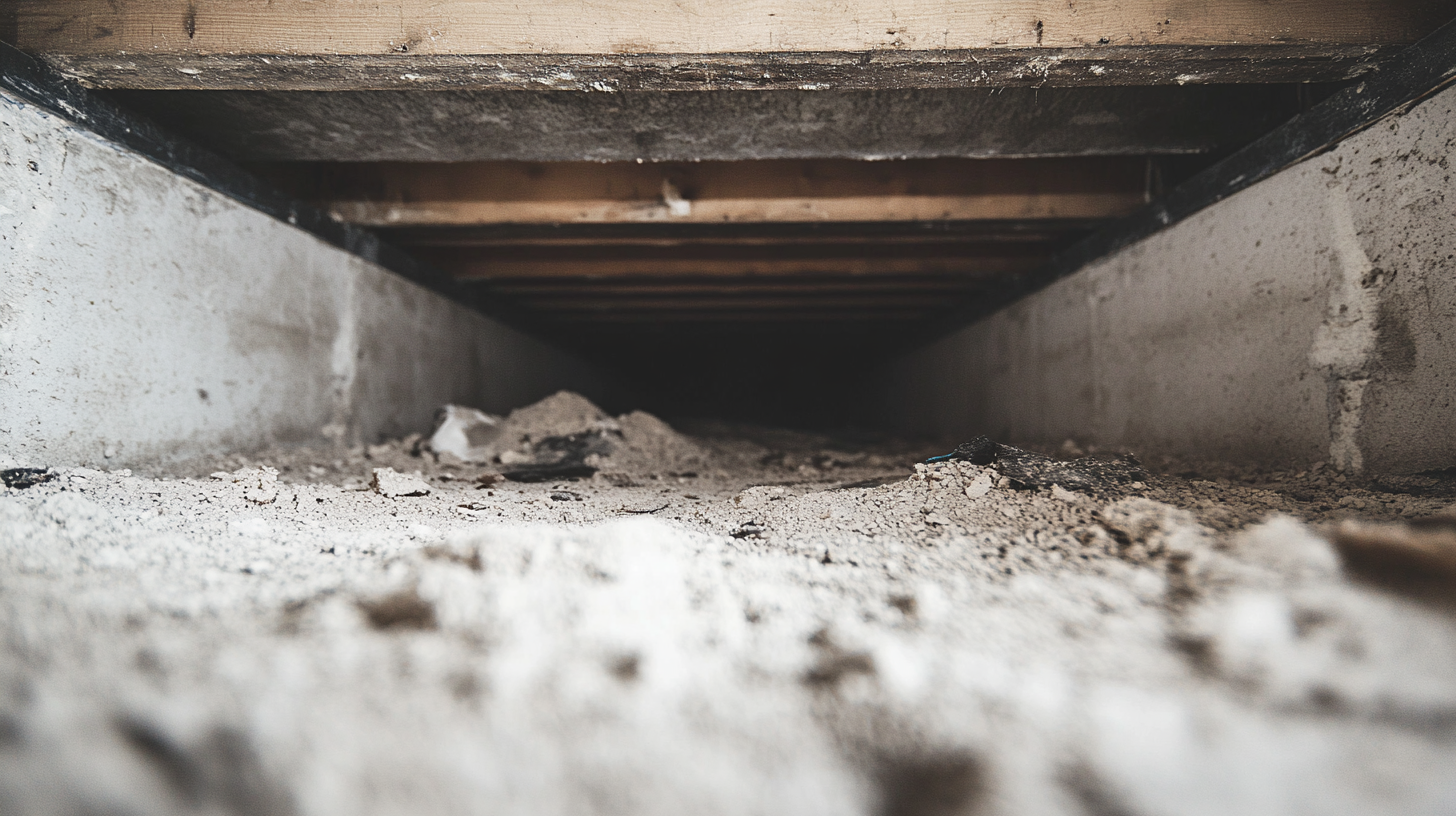The Dangers of DIY Biohazard Cleanup

While the spirit of DIY projects is commendable in many aspects of home improvement, some areas should always be entrusted to professionals. Biohazard cleanup is one such critical task where the risks are too high to consider a do-it-yourself approach. In this blog, we'll explore the dangers associated with DIY biohazard cleanup and why it's essential to rely on trained experts in handling hazardous materials and ensuring the safety of your environment.
Limited Understanding of Hazards
One of the significant dangers of DIY biohazard cleanup is the limited understanding of the potential hazards involved. Biohazards encompass a broad range of materials, including blood, bodily fluids, pathogens, chemicals, and hazardous waste. Without proper knowledge, individuals attempting DIY cleanup may underestimate the risks associated with these materials and might not implement necessary safety precautions or use appropriate protective gear. This lack of understanding can lead to exposure to harmful contaminants, posing a severe threat to personal health and the safety of others in the vicinity.
Moreover, biohazard situations often come with hidden dangers that may not be immediately apparent. For instance, the presence of pathogens that can lead to infectious diseases or the potential for long-term health risks may not be evident to untrained individuals. Without a comprehensive understanding of these dangers and how to mitigate them, DIY cleanup efforts can inadvertently exacerbate the situation, potentially leading to more significant health threats and the spread of contamination. This is why it's imperative to rely on professionals who are trained to assess, manage, and effectively eliminate biohazards while prioritizing safety.
Potential Exposure to Pathogens
One of the most significant dangers associated with DIY biohazard cleanup is the potential exposure to pathogens. Biohazards often include materials contaminated with infectious agents like bacteria, viruses, or fungi. Untrained individuals attempting cleanup may inadvertently come into contact with these pathogens, putting their health at severe risk. Without the proper knowledge, personal protective equipment, and safety protocols, they could unknowingly carry these dangerous microorganisms outside the contaminated area, potentially spreading infection to themselves and others.
Furthermore, some biohazardous materials may carry latent health risks that can manifest weeks or even years later. For instance, exposure to certain pathogens could lead to infectious diseases, chronic health conditions, or compromised immune systems, with symptoms not becoming apparent until much later. DIY biohazard cleanup may not effectively eliminate these hidden risks, making professional cleanup not only the safer choice but also the responsible one. Trained experts understand the science of these pathogens, and they take precise measures to protect themselves and the environment from potential exposure, ensuring that all biohazards are thoroughly eradicated and the risk of long-term health issues is minimized.
Legal and Regulatory Consequences
Another often overlooked aspect of DIY biohazard cleanup is the legal and regulatory consequences that can follow. Handling biohazardous materials, especially in situations involving crime scenes, infectious disease outbreaks, or hazardous waste disposal, can be subject to stringent legal and environmental regulations. Unauthorized handling and disposal of these materials can lead to serious legal penalties, including fines and potential criminal charges. It's essential to understand that professional biohazard cleanup services are not only trained in safely handling hazardous materials but are also well-versed in adhering to legal and environmental regulations, ensuring that the entire process complies with the law and prevents potential legal repercussions.
Moreover, insurance issues may arise from DIY biohazard cleanup. In some cases, insurance providers may not cover damages or health-related costs resulting from an improperly executed cleanup. This can lead to unexpected financial burdens on those attempting DIY cleanup. In contrast, professional biohazard cleanup services often work closely with insurance companies to ensure that their clients are appropriately covered, and they provide documentation to support insurance claims. This approach not only prioritizes safety and compliance but also safeguards homeowners from unexpected financial strains.
FAQs
Contact Fast Response Cleaning & Restoration Today!
Fast Response Cleaning & Restoration will do everything we can to ensure your experience with us is excellent.
Request A FREE Estimate
Request A FREE Estimate Form
CHECKOUT RECENT POST



Have an Emergency? We're Here to Help!
When it comes to disaster cleanup, we are a seasoned veteran in the industry and have helped hundreds of property owners just like you.
Our disaster recovery teams are available 24-7 to quickly clean up and repair disasters of all types.
